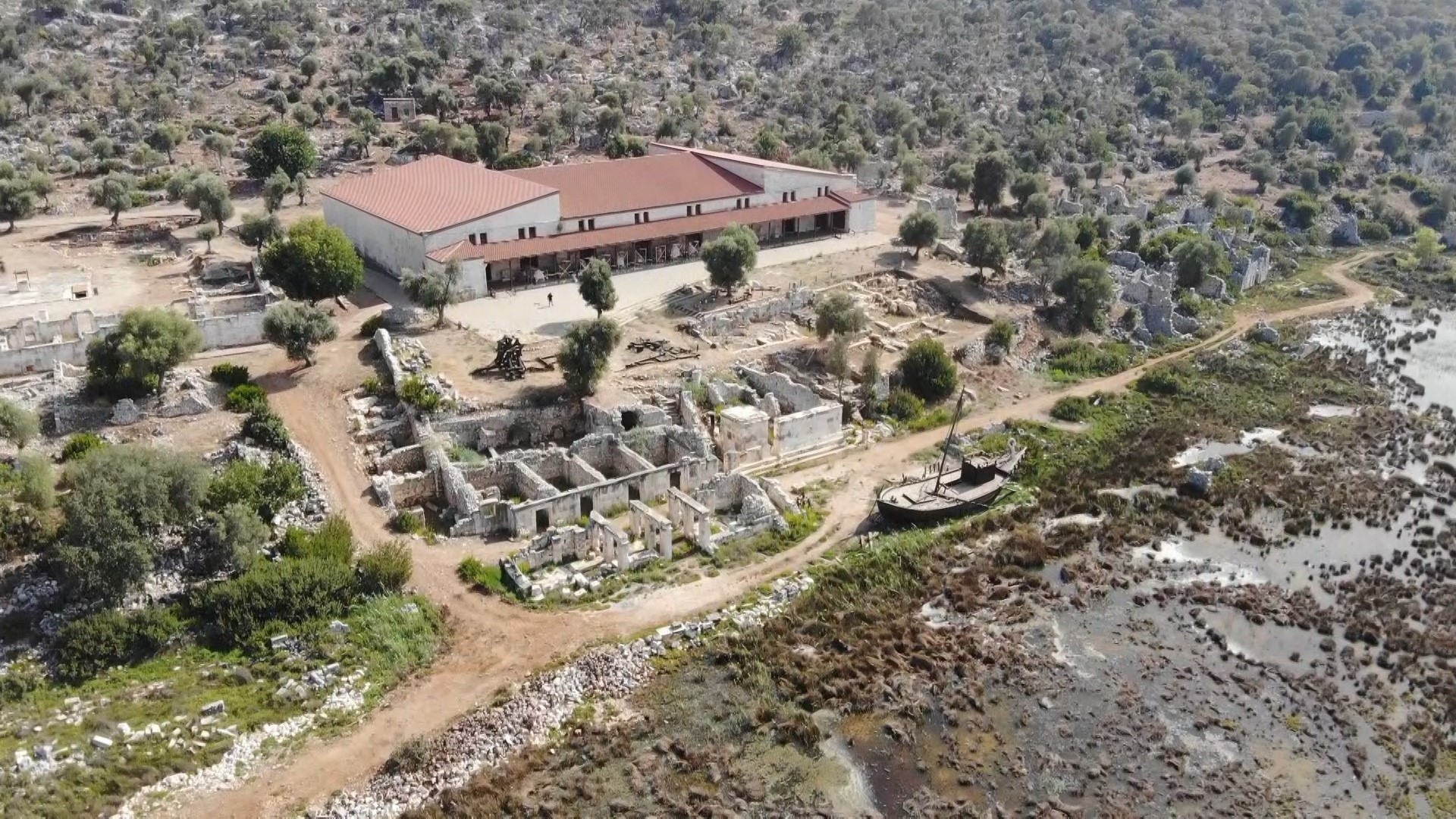
For the first time in Türkiye, archaeologists have uncovered Millefiori wall decoration panels during excavations in the Andriake Port settlement in Antalya’s Demre district.
Professor Nevzat Cevik, from Akdeniz University’s Faculty of Literature and head of the Myra and Andriake Excavations, revealed that the discovery took place in Structure 42, located in the port’s customs area.
“This building, with its significant wall decorations, likely served as the port’s administrative center,” he stated.
The excavations at Myra, the metropolis of the Lycian League, and its port neighborhood Andriake have been ongoing since 2009.
Cevik explained that Millefiori, a technique involving colorful glass rods cut into floral motifs and arranged to form intricate patterns, had never before been found in such a form in Anatolia.
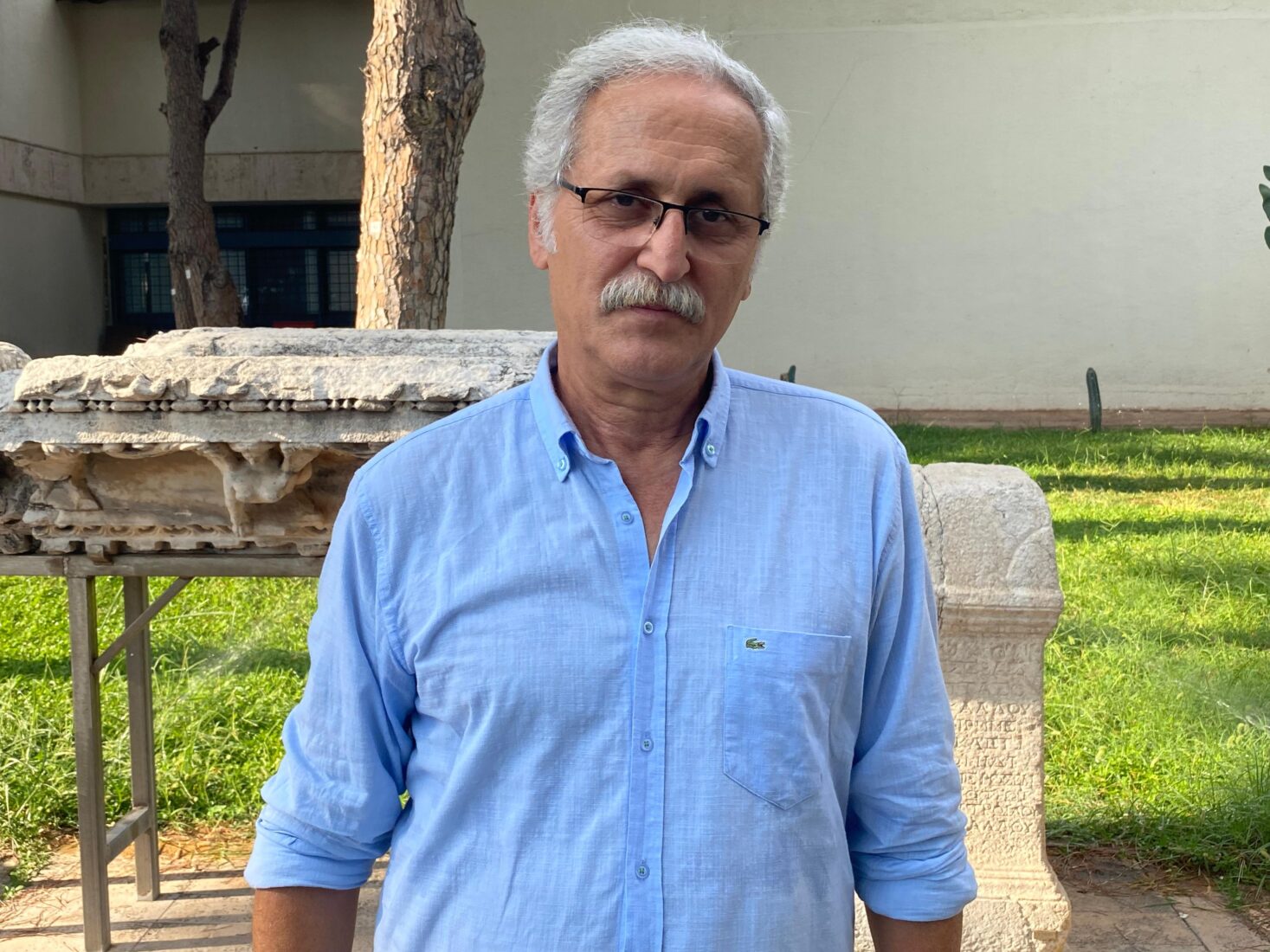
Professor Cevik highlighted the support of the Ministry of Culture and Tourism's “Legacy for the Future” (Gelecege Miras) project, which has been instrumental in funding the excavations.
He emphasized the importance of this financial backing, calling archaeology a costly endeavor, especially when it involves preserving such significant finds.
Speaking about the surprise of the discovery, Prof. Cevik noted, “We didn't expect to find Millefiori wall decorations."
"While glass objects made using this technique have been found before, this is the first time we’ve uncovered flat panels intended for wall decoration in such rich forms and numbers. Hundreds have been unearthed, making this year’s excavation truly sensational,” the professor added.
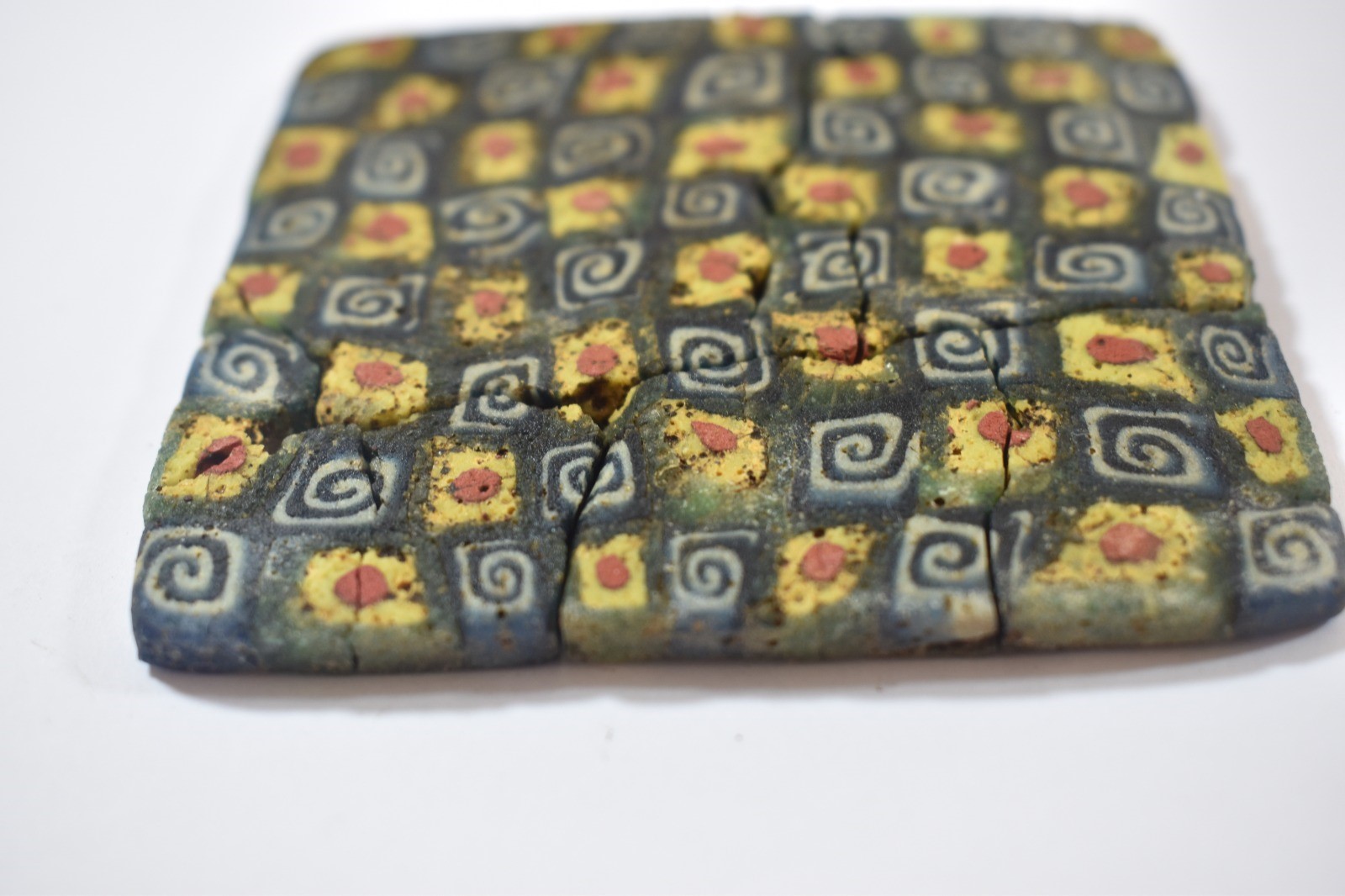
The Millefiori technique, known for its luxury and expense, was found in the customs area of Andriake Port, leading Cevik to speculate that the building was the administrative hub of the port.
“Glass rods were arranged in molds and fused into panels, which were then framed and placed on the walls, with decorative disks in the corners. Such an expensive technique suggests that the building was highly significant,” he explained.
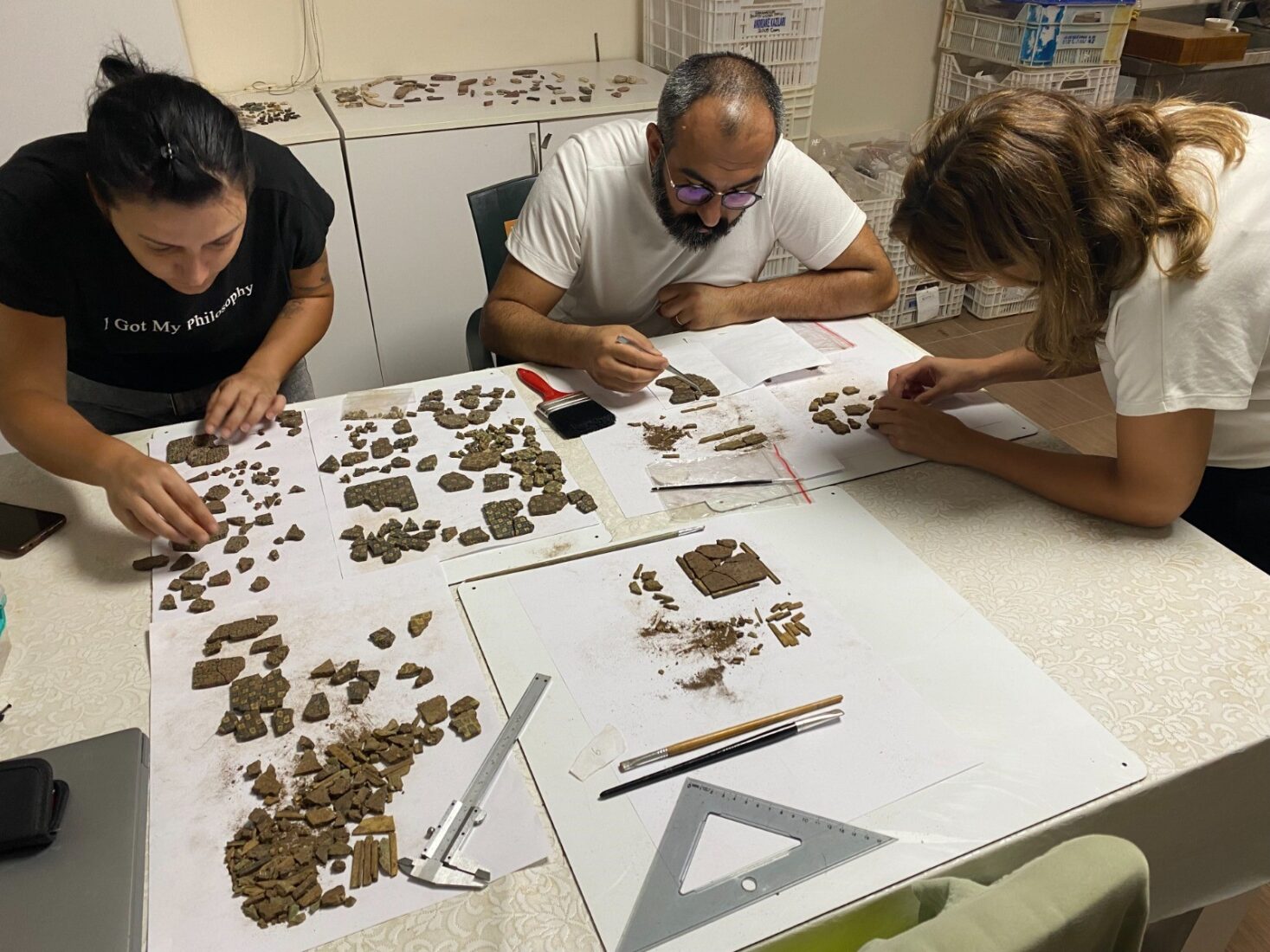
Besides Millefiori, the team also discovered mosaics using the “Opus Sectile” technique, featuring bird, camel, and saint motifs.
These figures, especially the saints, are being seen for the first time in Türkiye, adding to the excitement of this year’s findings.
Professor Cevik expressed his enthusiasm for the vibrant new discovery and the ongoing work to piece together broken fragments.
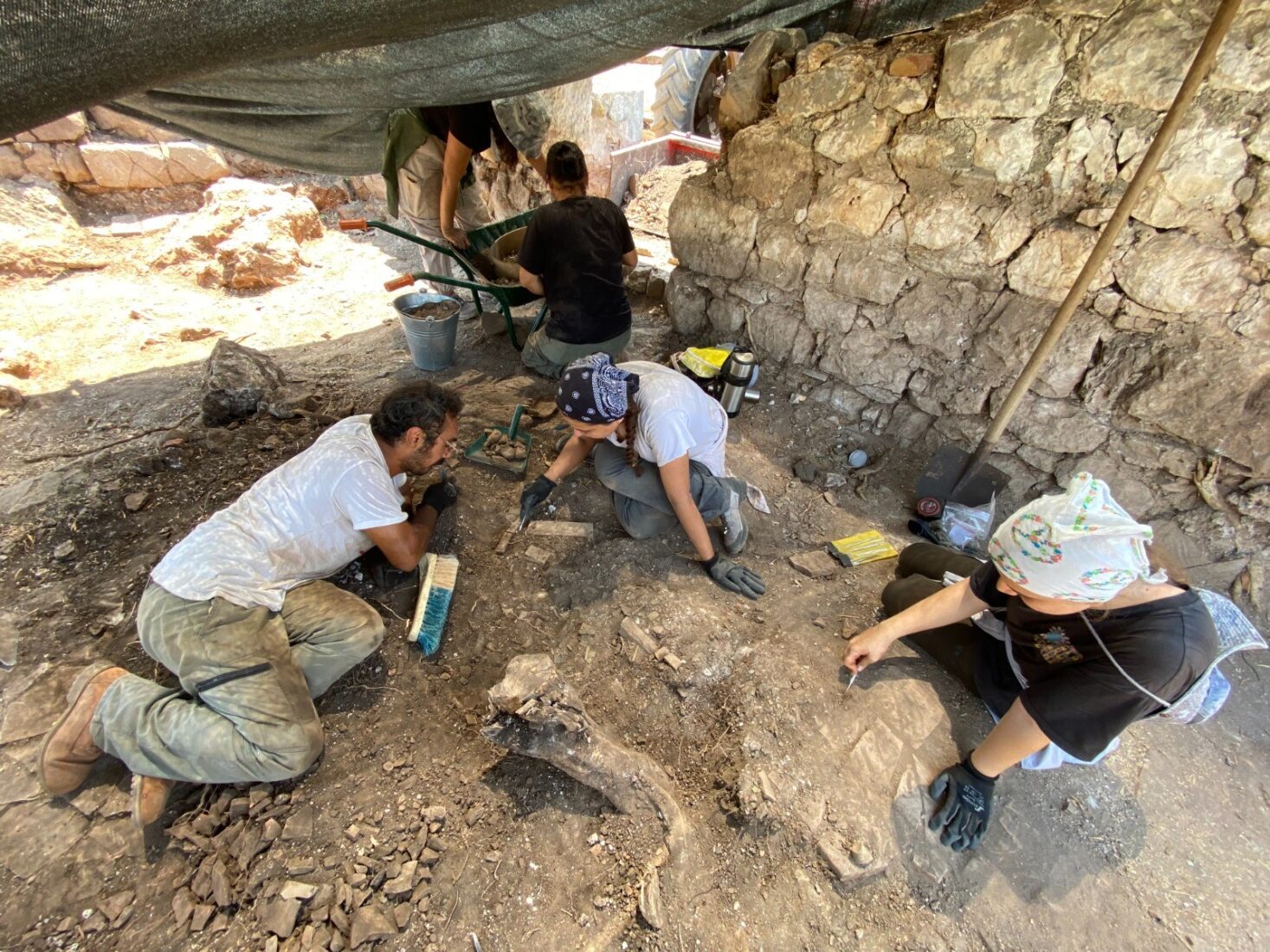
“I consider the Millefiori a gift to Turkish archaeology, celebrating the 15th year of our excavations,” professor Cevik concluded.
The vibrant wall panels will soon be on display just 20 meters from the excavation site at the Lycian Civilizations Museum.